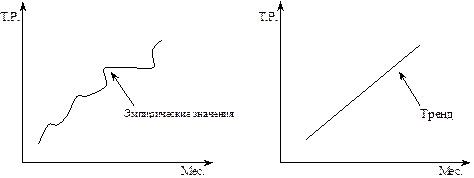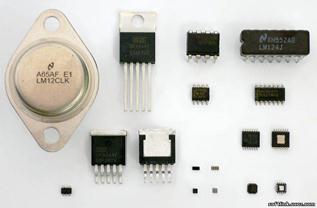Look through the text and find sentences with Modal Verbs. Translate them into Ukrainian.
2. Insert Modal Verbs can, may, must, should or their equivalents in the necessary tense-form: 1. Information or data … be stored in the computer’s memory or storage. 2. An analogue computer … to calculate by using physical analogue of numerical measurements. 3. Your scientific article on computers … be published at our University. 4. Every student of our speciality … to know what a hybrid computer is. 5. You … know the difference between the digital and analogue computers. 6. Not all math problems … be solved right away. 7. For a digital computer information … to be in the form of digits or numbers. 8. This question of extreme complication …, in my opinion, simply be ignored. 9. I … make a remark about what is meant by a “fluctuation”. 10. A very large fluctuation is needed because a tiny compartment … to be passed through just where the arrows cross over between B and A. 11. The phase-space points that belong to a single compartment … to be regarded as “indistinguishable” from one another. 3. Choose the proper equivalents of the Modal Verbs: 1. She (їй доведеться) to give a reason and possible justification for the restriction. 2. We (маємо) to find a good approximation to the number 3. He (йому слід) specify the conditions of the experiment. 4. They (їм дозволяють) to use a dictionary if necessary. 5. I (у змозі) to solve this difficult problem myself. 6. You (змушені) to exercise all your ingenuity and fulfil the task. 7. They (потрібно) to check all the calculations again. 8. We (нам слід) to satisfy the requirements for the solution. 9. She (не потрібно) to refer to her failure with the task now. 10. The students (повинні) to appreciate the ancient maths in a proper way. 4. Underline the affixes, state what part of speech they indicate and translate the following words into Ukrainian: penetrating, different, thinking, logically, perception, sensual, subconscious, being, directly, imaginative, impossible, resembling, feeling, inaccessible, figuratively, highly, solving, depending, intensively, independent. 5. Give the Ukrainian equivalents of the following words and word-combinations: hemisphere, perception, sensual, subconscious, resemble, distress, inaccessible, innate, conscious, matter, exceed, brain, interconnected cells, plausible, certain, step in, penetrating. 6. Use the words from Ex. 5 to complete the following sentences: 1. Each … has it’s own method of thinking. 2. Our thinking is based on two types of … of the world around us – the … – subconscious and the conscious. 3. Artificial intelligence will not only be developed but will … human intelligence in power. 4. The human … is a very sophisticated system composed of billions of … …. 5. A rather … hypothesis says that an individual cell processes the signals … it like a computer. 7. Give the English equivalents of the following words and word-combinations: штучний інтелект; головний мозок; складний; підсвідомий; нагадувати; поведінка; недоступний; сприйняття; взаємопов’язані клітини; півкуля; запевняти; природний; спостерігати; тому; людина; свідомий. 8. Look through the text and find synonyms to the following words and word-combinations: complex; to assert; probable; to pass through; man; man-made; to own; to consist of; to execute; reason; to found. 9. Look through the text and find antonyms to the following words and translate them into Ukrainian: nonsense, natural, simple, collective, ruin, reduce, phantom, weakness.
10. Combine the words from the left-and right-hand columns to make word-combinations. Translate them into Ukrainian:
|

 value.
value.


